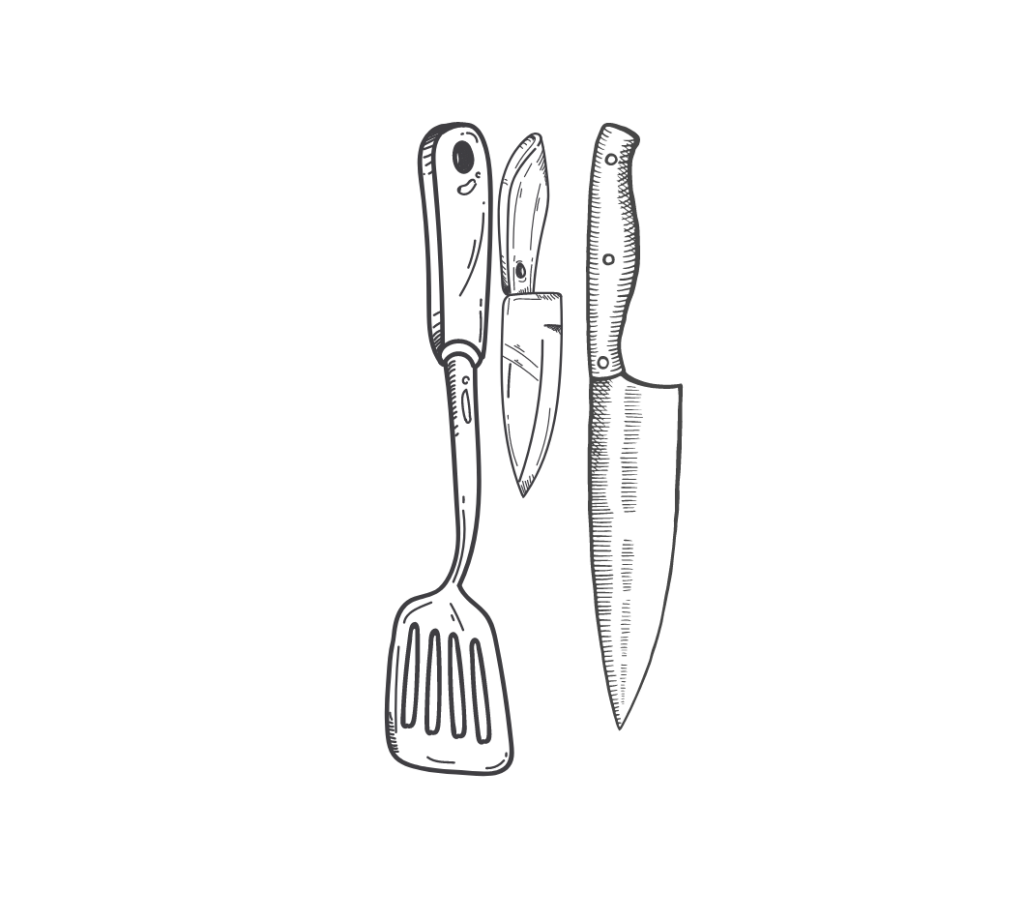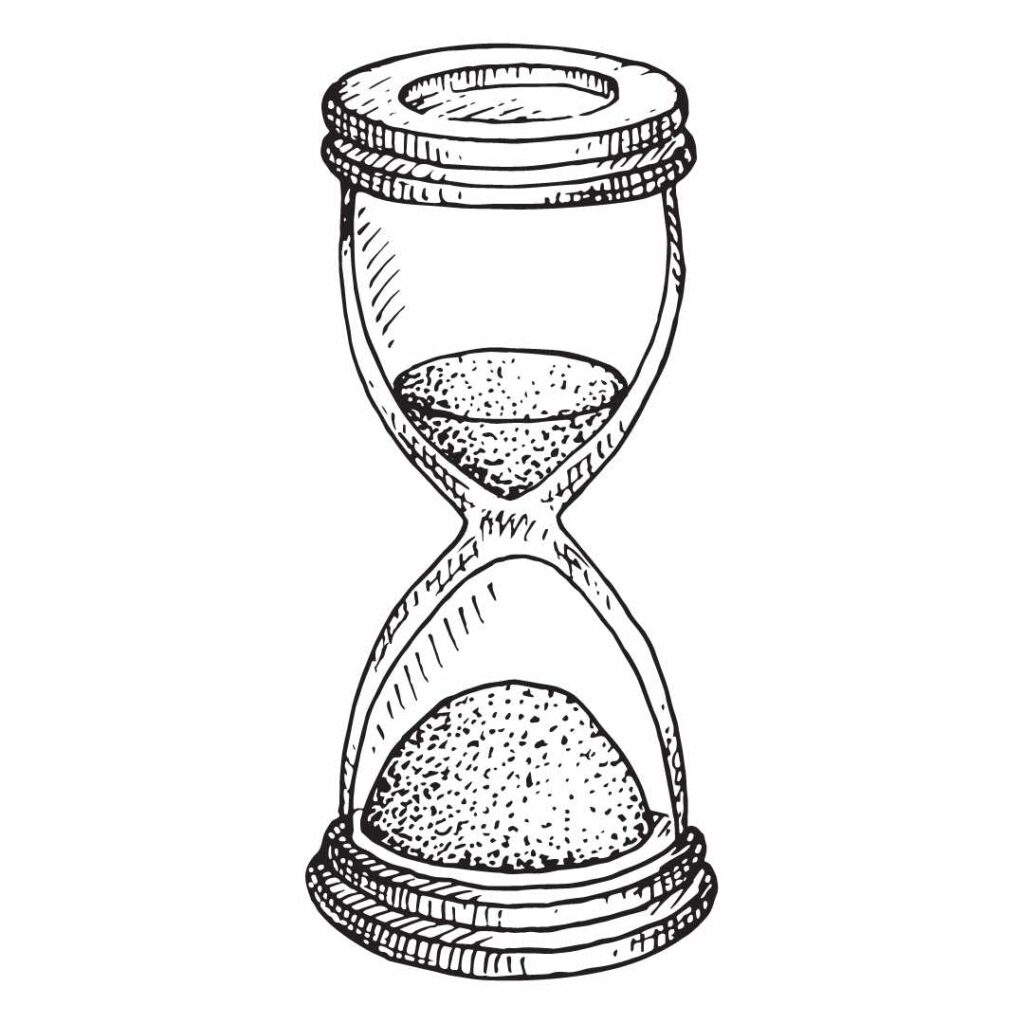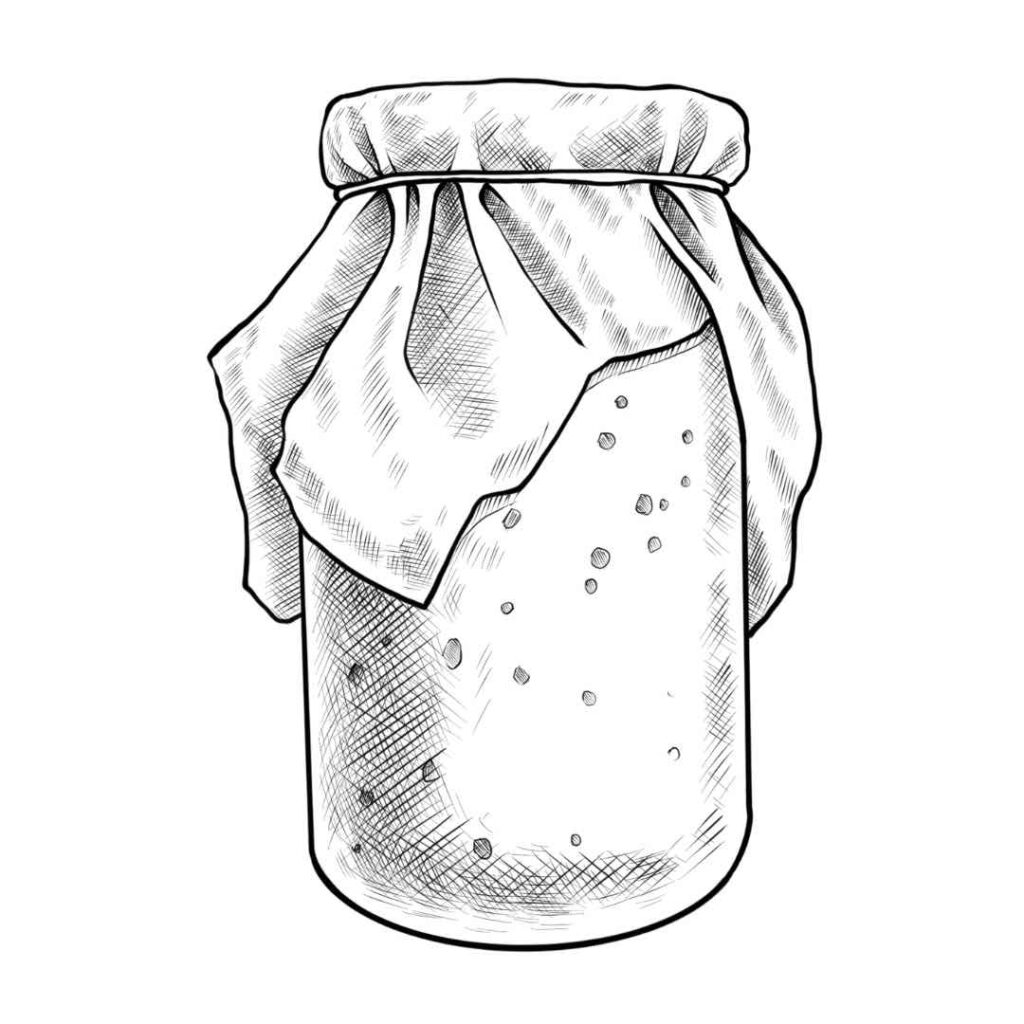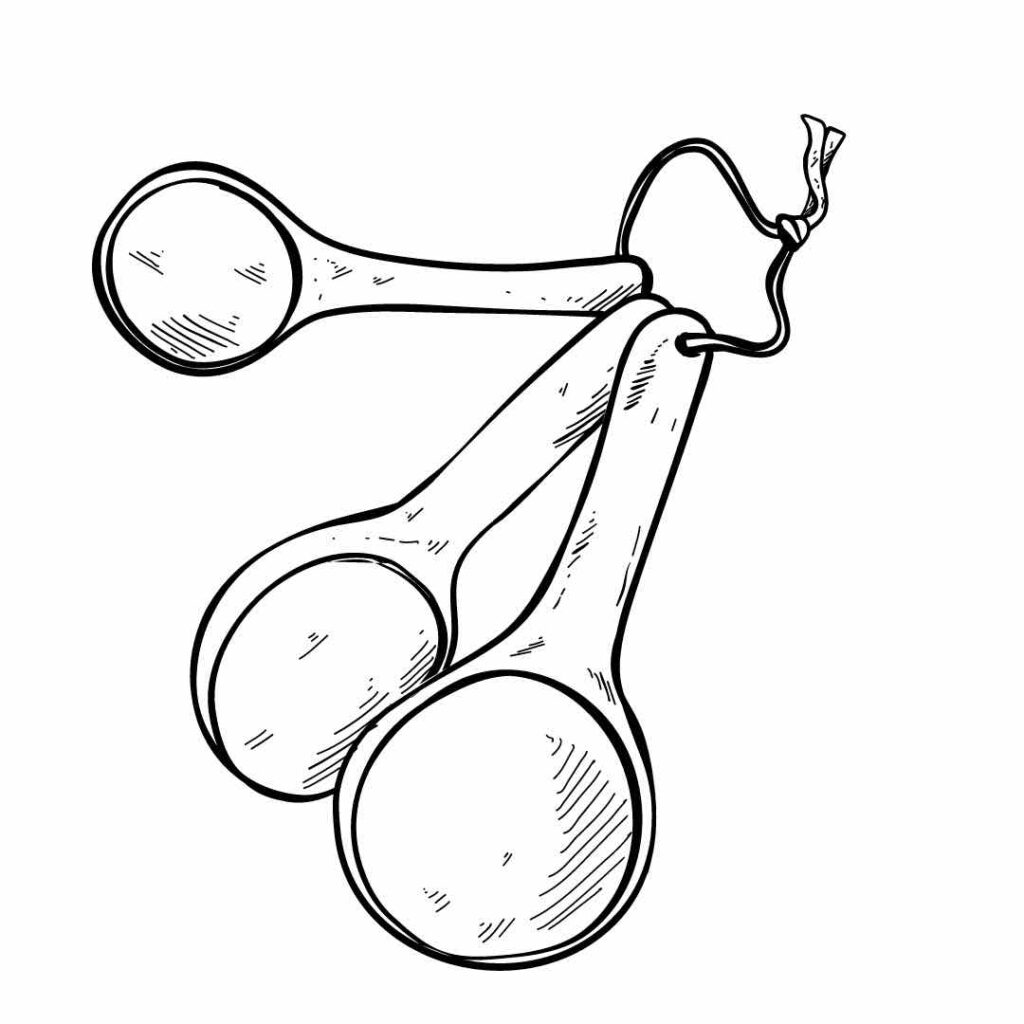Making Apple BBQ Sauce

We love this BBQ sauce on top of meat, sandwiches, and with chips.
This BBQ sauce is a rich, smoky, tangy recipe that makes use of steamed apple pulp left over from juice-making. It’s a zero-waste way to create a shelf-stable condiment that pairs perfectly with grilled vegetables, roasts, or sandwiches.


We love this BBQ sauce on top of meat, sandwiches, and with chips.

Serves:
10 bottles of 750 ml (25 fl oz) each (≈ 7.5 L / 2 gal total)

Time to Prepare:
45–60 minutes

Time to cook or cure:
1 hour (including reduction)

Skill
Stovetop + water bath canning

Serves:
10 bottles of 750 ml (25 fl oz) each (≈ 7.5 L / 2 gal total)

Time to Prepare:
45–60 minutes

Time to cook or cure:
1 hour (including reduction)

Skills:
Stovetop + water bath canning

Optional during adjustment:
Knife
cutting board
large deep pot
wooden spoon
high-speed blender
funnel
10 sterile bottles of 750 ml (25 fl oz) with lids
large pot for water bath canning.
Yield Example
This recipe makes about 7.5 liters (2 gallons) of BBQ sauce, enough to fill 10 × 750 ml (25 fl oz) bottles.
Flavor Notes
Yes, you can. The recipe is designed to use up the steamed apple chunks left over from juice-making, which are already softened and have had some juice removed. This gives the sauce a naturally thick texture without needing added oil. If you don’t have steamed apple pulp, you can use raw apple chunks instead—just simmer them a bit longer to break down. The flavor may be slightly sweeter and less smoky, but it will still be delicious.
No, that’s the beauty of this recipe. Since the apples have already been steamed for juice extraction, their skins and cores are soft and harmless in the sauce. Everything will be blended smooth in the end. If you’re starting with fresh apples instead of pulp, you may want to core them to avoid seeds, but leaving the skins adds nutrients and color.
Tanginess comes mainly from the vinegar and tomatoes. If it feels too sharp, you can balance it with additional sweeteners:
BBQ sauce should coat the back of a spoon without sliding off too quickly. After blending, simmer the sauce uncovered for 10–15 minutes. Stir often, and watch for bubbles that break slowly on the surface—this means the sauce is thickening. Remember it will thicken slightly more as it cools.
If you’ve reduced it too much, don’t panic! You can thin it with extra apple water, apple juice, or even a splash of vegetable stock. Add liquid a little at a time until it reaches the consistency you like.
Yes. The apples already bring natural sweetness, and the slow reduction intensifies that. However, sugar (or another sweetener) helps balance the acidity from vinegar and tomatoes and gives the sauce a classic BBQ glaze when grilled. If you go sugar-free, expect a tangier, less sticky sauce. You can substitute with date paste, maple syrup, or coconut sugar if you prefer more natural sweeteners.
Yes, if you want the sauce to be shelf-stable. This recipe makes a large batch—around 7.5 liters (2 gallons)—so refrigeration space might not be practical. Water-bath canning ensures safety by eliminating the risk of spoilage organisms, since the sauce is naturally acidic. If you don’t want to can, you can refrigerate the sauce for up to 3 weeks or freeze it for 6–8 months.
If properly water-bath processed and stored in a cool, dark place, it can last at least 12 months, often longer. Check the seals before using. If a lid pops, the sauce looks moldy, smells off, or ferments (bubbles when opened), discard it.
Absolutely. Just scale all ingredients down proportionally. For example, to make half, use 1.5 kg (3.3 lb) tomatoes, 1.5 kg (3.3 lb) apple pulp, etc. Cooking and canning times stay the same—only your yield will be smaller.
Definitely! This recipe is a great base. Try:
Apple water is the liquid leftover from steaming apples—it’s lighter, less sweet, but still infused with apple flavor. Apple juice is richer and sweeter. Both work here. If you prefer a tangier sauce, stick with apple water; for a sweeter, fruitier finish, use apple juice.
It’s extremely versatile! Try it as:
Yes—this is a perfect make-ahead recipe. Once canned, the sauce sits happily in your pantry until needed. Opened bottles can be refrigerated for weeks, making it convenient for barbecues, picnics, or gifting.
Because it uses the steamed apple pulp that would normally be discarded after juice-making. Instead of throwing it away, you transform it into a delicious condiment. You also reuse the apple water as liquid in the sauce. It’s a clever way to get multiple products—juice, pulp, and BBQ sauce—from the same apples.

Recipe Categories
We lost so much.
Our pastures are destroyed, many of our old olive trees, the young orchards, the irrigation systems, our most important tools, water pumps, and power setup—either melted or destroyed.
Our food and hay stores, the fences, and many of the stable buildings are either damaged or lost entirely.
What took years to build was reduced to ash in a single afternoon.
Ready to Recharge and Enjoy Real Food in Nature?
Cook, connect, and grow in the heart of our regenerative farm.
Real food. Deep rest. Lifelong memories.
